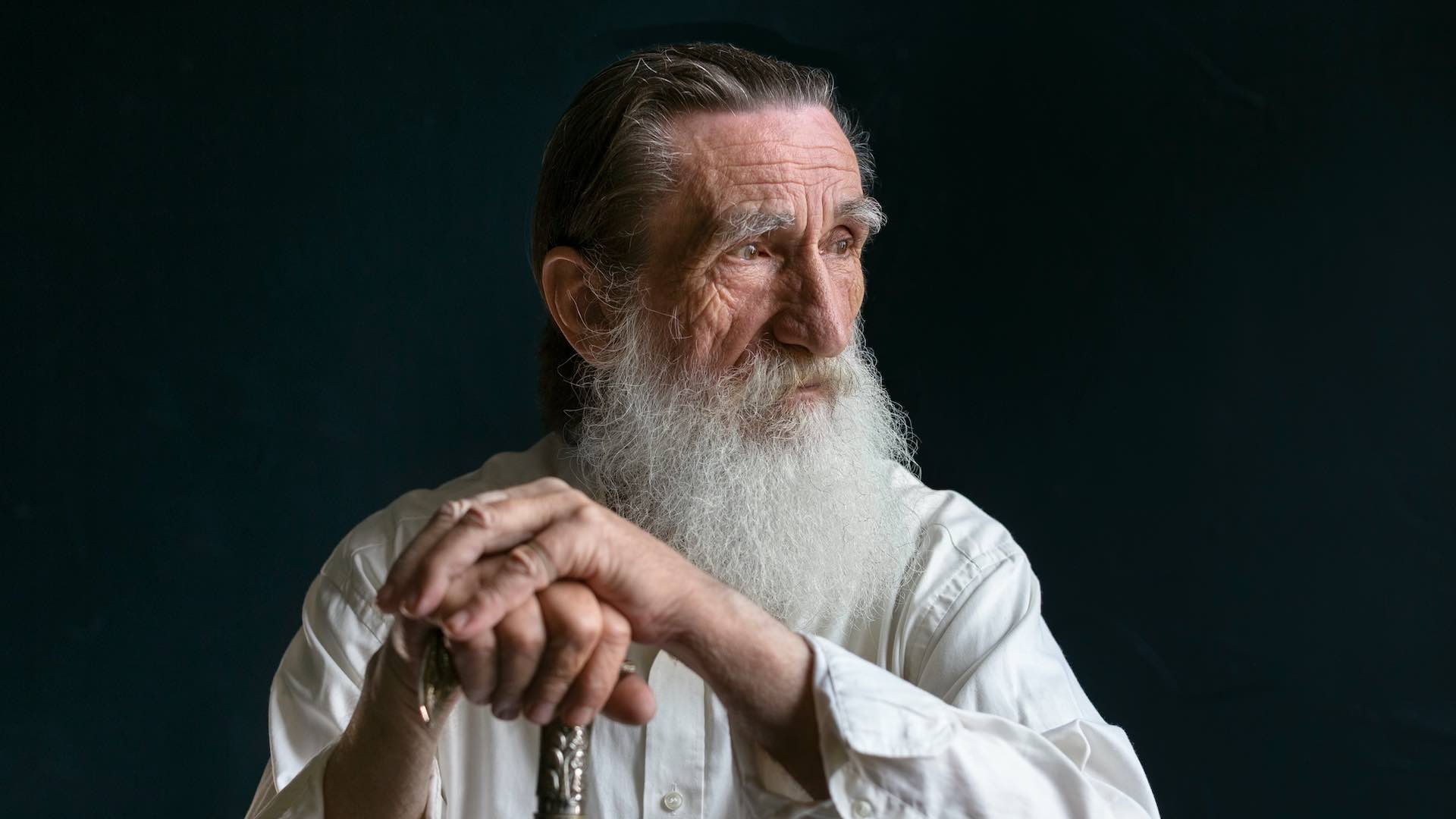In a revelation that challenges conventional wisdom, an unprecedented study sheds light on the dietary habits of individuals who reach the age of 100 and beyond. Dubbed “Blue Zones,” these enigmatic pockets around the world, including regions in Greece, Japan, Costa Rica, Italy, and California, have intrigued scientists and health enthusiasts alike with their disproportionately high number of centenarians in robust health.

The findings, meticulously chronicled by Dan Buettner in his latest book titled The Blue Zones Secrets for Living Longer, bring to the forefront a remarkable dietary pattern shared among these extraordinary individuals. Buettner, a globetrotting cyclist and storyteller, embarked on a mission to uncover the dietary secrets of the Blue Zone residents, revealing a common thread that defies traditional dietary norms.
In stark contrast to his upbringing on a diet heavy in processed foods, Buettner observed that the Blue Zone kitchens he encountered celebrated a distinctive approach to carbohydrates. The foundations of these diets rested upon a quartet of plant-based components: whole grains, greens, nuts, and beans. Surprisingly, these centenarians’ diets were composed of 90% to 100% plant-based, high-carbohydrate foods, with about 65% of their daily caloric intake originating from complex carbohydrates.
Beans emerged as a focal point within the Blue Zone diet, transcending geographical boundaries. Buettner’s research revealed that consuming roughly a cup of beans daily was a recurring practice among individuals who achieved the coveted centenarian status. Scientific literature parallels the Blue Zone dietary pattern, indicating that those who prioritize plant-based nutrition while minimizing the consumption of processed and red meats tend to enjoy extended lifespans accompanied by heartier cardiovascular health.

Moreover, the Blue Zone diet is devoid of meticulous calorie counting and intricate macronutrient calculations, defying conventional dieting practices. While Blue Zone inhabitants avoid dishes laden with saturated fats and sugars, they do incorporate lean meats, particularly pork, albeit in modest quantities. Their bread preferences lean toward fermented varieties such as sourdough, and grains are judiciously paired with nutrient-dense ingredients like fresh greens or beans to form complete protein sources, devoid of the drawbacks associated with excessive saturated fats.
Beyond dietary choices, Buettner’s research underscores the profound impact of nurturing lifelong friendships, engaging in consistent physical activity, and leading a purposeful life in bolstering Blue Zone residents’ longevity. It appears that the amalgamation of a plant-centric diet and a holistic approach to well-being forms the cornerstone of this remarkable phenomenon.
For those intrigued by the allure of the Blue Zone lifestyle, Buettner offers practical advice – incorporating plant-based recipes into daily routines. His book presents an array of recipes that exclude meat and eggs, requiring minimal preparation time of around 30 minutes. By adopting the Blue Zone diet, individuals may potentially add eight to ten years to their life expectancy compared to adhering to a standard American diet – a priceless investment in both time and health.
